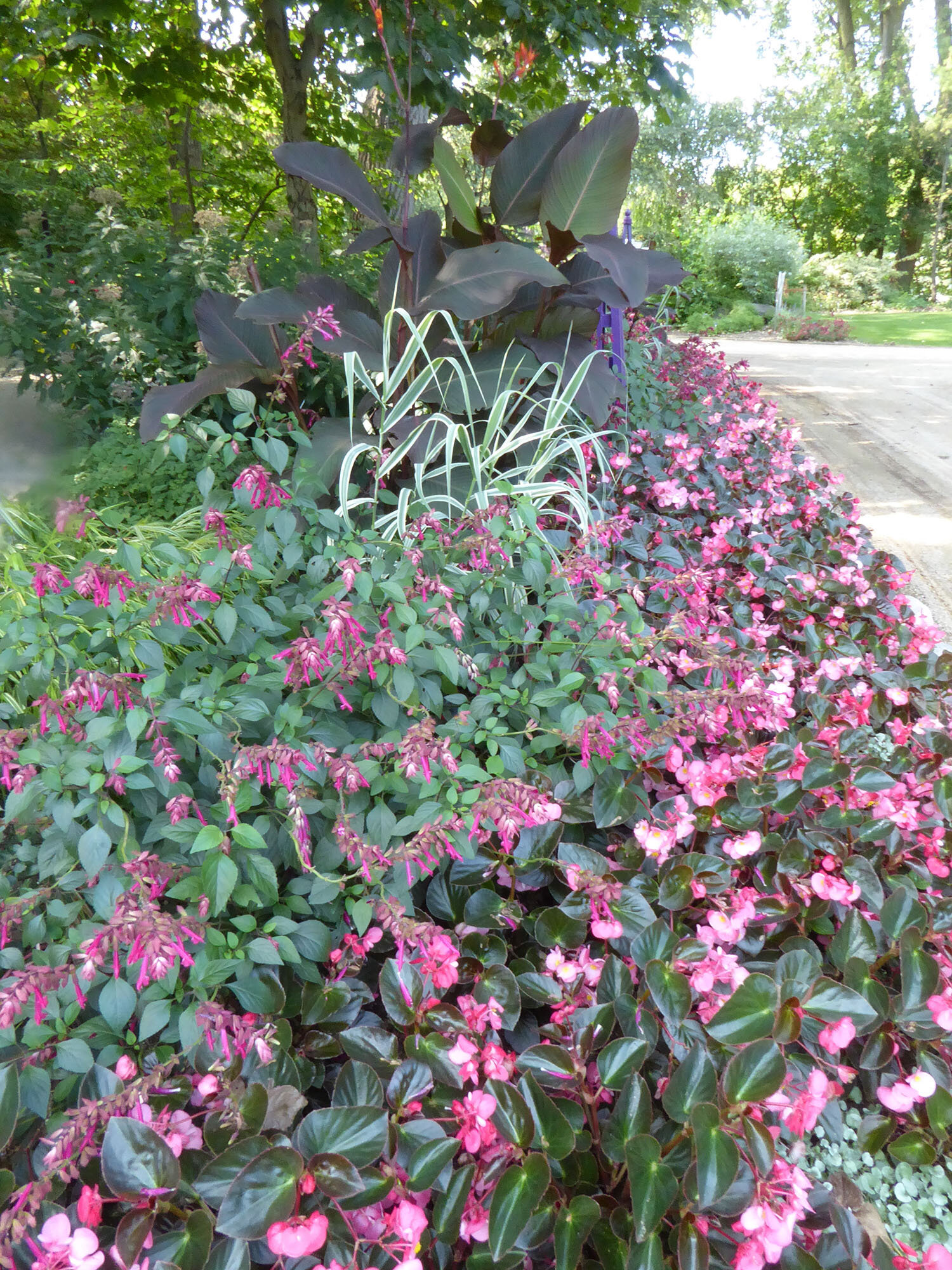Sage Advice
In the Garden with Andrew
Salvia ‘Wendy’s Wish’ has an abundance of magenta-pink flowers. Photo: Andrew Bunting
Andrew Bunting. Photo courtesy of the Pennsylvania Horticultural Society.
Many of the most ornamental annuals and perennials are part of the genus Salvia. This includes culinary sage, Salvia officinalis. I use several culinary sages for their ornamental foliage, like Salvia officinalis ‘Purpurea’ with its smoky purple leaves and ‘Berggarten’ with its broad oval ones. ‘Icterina’ is dark green with a soft yellow edge, and ‘Tricolor’ combines green, pink, and white. Like many sages, these are fairly deer resistant due to the aromatic leaves. If the culinary sages are given good drainage, they will be perennials.
Another great group of perennial salvias are Salvia x sylvestris ‘May Night’, ‘Caradonna’, and ‘Blue Hill’. Clump-forming, they bloom from mid-May to mid-June. All are covered with spikes of flowers and attract myriad pollinators, including the ruby-throated hummingbird. ‘May Night’ has rich deep-purple flowers. ‘Caradonna’ has purple-blue flowers, and ‘Blue Hill’ boasts sky-blue blooms. I grow them in my front yard, which suffers considerable deer pressure, with minimal browsing. After flowering, the seed heads become an attractive purple. Ultimately, as they turn brown, they can be pruned away, encouraging sporadic summer flowering.
My favorite group of salvias and sages are considered “tender perennials” — or, realistically, annuals. The Wish Series has several great selections that bloom all summer long, right up until frost. ‘Love and Wishes’ reaches three to four feet, with equal spread, and is covered in tubular purple-black flowers. It pairs dramatically with the bold, chartreuse-and-green striated leaves of Canna ‘Pretoria’. ‘Ember’s Wish’ has vivid, coral-orange flowers and pairs stunningly with one of the black-leaved elephant ears such as Colocasia ‘Black Magic’ or ‘Black Beauty’. In my garden now, the abundance of magenta-pink flowers of ‘Wendy’s Wish’ contrasts nicely with black-leaved cotton, Gossypium herbaceum ‘Nigrum’, which is easily grown from seed.
Another prolific flowering salvia is the fuzzy Bolivian sage, Salvia oxyphora. Like the Wish Series, it reaches about 4 feet tall and is covered with fuzzy, lipstick-pink flowers from mid-summer to fall. All salvias benefit from regular feedings of a soluble fertilizer like 20-20-20 and from full sun. They also want good drainage. To keep my salvias from starting to splay open later in the season as they get taller, I will “pinch” the new shoots, randomly removing 2 to 3 inches of stem. This creates a dense habit and prevents the plants from splitting apart in a storm.
One of my favorite salvias is Mexican bush sage, Salvia leucantha, which I grow almost every year. It has narrow, grey-green leaves and becomes a large bush by the end of the summer. The plants can reach 5 feet tall and are covered with lilac-purple flowers with a white lip. Many salvias are day-length sensitive, meaning their flowering is triggered by shorter days. Salvia leucantha starts blooming more profusely as the days get shorter. Tolerant of heat and drought, the Mexican bush sage makes a great annual for urban conditions.
For the smaller garden, I recommend Salvia greggiii, the Mirage Series. ‘Mirage Cherry Red’, ‘Hot Pink’, ‘Violet’, and ‘White’ all reach about 18 inches tall and are covered with tiny flowers all summer long.
There are dozens of great salvias, in colors including white, pink, purple, blue, orange, red, and even yellow. Salvia mexicana ‘Limelight’ has a bicolor flower of blue, gorgeously combined with chartreuse yellow calyces (bracts that subtend the flower).
And, now due to recent DNA analysis and a taxonomic revision, we can add rosemary to our list of favorite salvias. The reclassified plant is now, technically, Salvia rosmarinus!
Send your gardening questions to editor@swarthmorean.com.
Andrew Bunting is vice president of public horticulture at the Pennsylvania Horticultural Society and vice president of the Swarthmore Horticultural Society.





